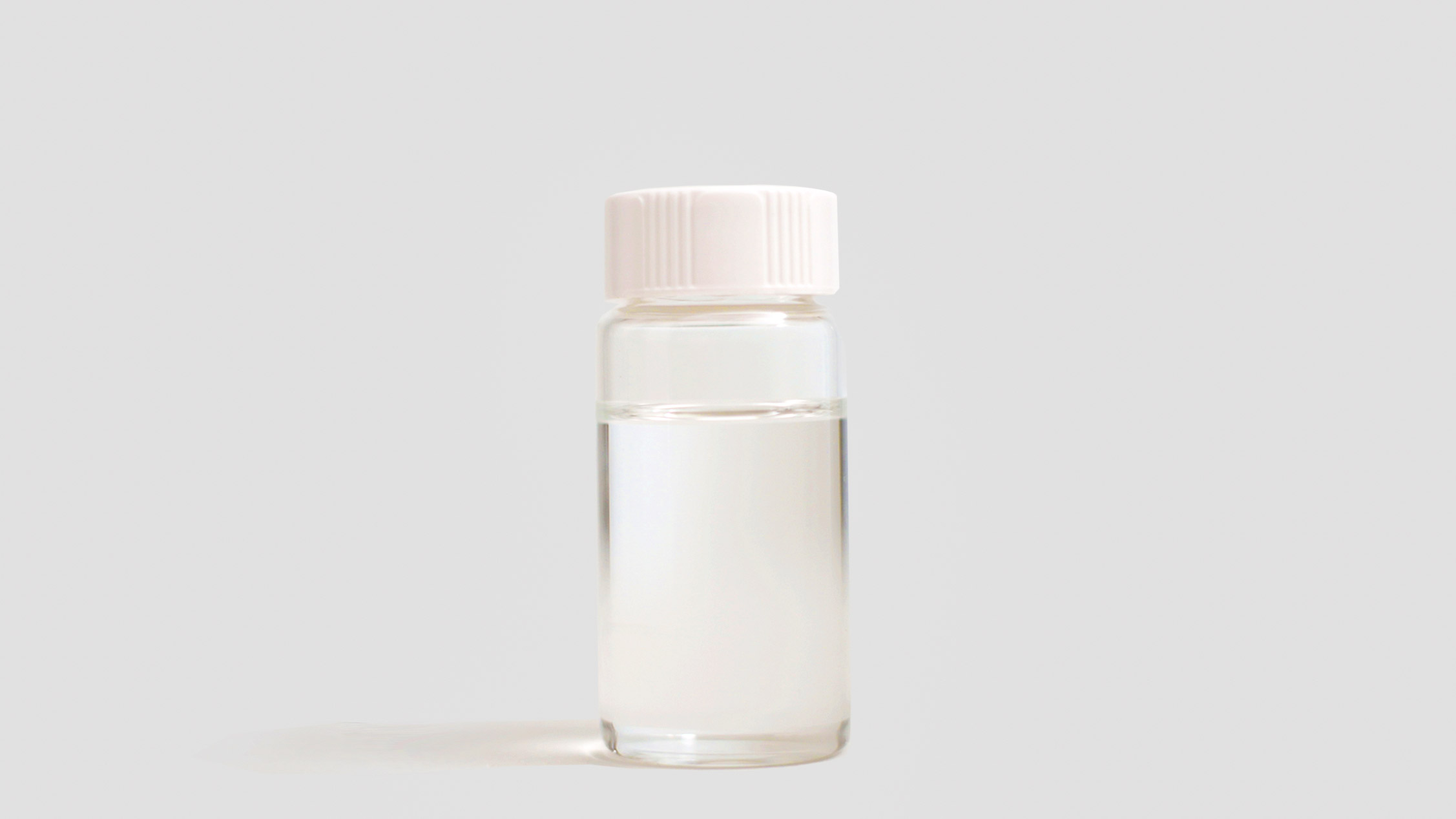2023 Climate Tech Companies to Watch: Twelve and its electrochemical reactor
Twelve is converting carbon dioxide emissions into sustainable jet fuel and more.

Explore the 2023 list of 15 Climate Tech Companies to Watch.
Twelve is converting carbon dioxide emissions into sustainable jet fuel. It recently launched the first commercial-scale production facility for power-to-liquid sustainable aviation fuels in the US.
Intro
Twelve is commercializing a process that breaks down and reforms carbon dioxide into nearly any chemical that is currently produced by fossil fuels. The company is already using it to make a sustainable aviation fuel (SAF) called E-Jet fuel, and is in talks to produce other consumer products, including sunglasses, Mercedes parts, and chemicals used in laundry detergents.
To do this, Twelve developed a suitcase-sized electrochemical reactor, called O12. The reactor takes in carbon dioxide emitted from waste or captured directly from the air. The reactor then uses a metal catalyst and electricity to split the CO2 and water and recombine the elements into different chemicals.
In August 2021, Twelve proved that its E-Jet fuel technology works in a pilot project with the US Air Force.
Key indicators
- Industry: Chemicals
- Founded: 2015
- Headquarters: Berkeley, California
- Notable fact: Twelve is named after carbon 12, the most abundant form of the element.
Potential for impact
Twelve’s work could be particularly critical in tackling emissions from aviation, which makes up 2% of global CO2 emissions.
The vast majority of the industry is still powered by kerosene-based fuel; In the US, for example, less than 0.1 percent of the 17.5 billion gallons of jet fuel used each year comes from sustainable sources. The Biden administration hopes to increase that figure to 3 billion gallons of SAF per year by 2030 (or about 17 percent of all jet fuel used), through a mixture of tax credits and R&D grants included in last year’s Inflation Reduction Act.
But much of the current SAF supply is created with biofuel, like animal fat or used cooking oils, which are limited in supply and vary greatly in how much CO2 emissions they actually cut.
In contrast, Twelve’s E-Jet fuel is an “electrofuel,” synthetically created through a process it calls carbon transformation. Unlike biofuels, there are no limits on the availability of carbon (though there are limitations on the other key ingredient, water), and the process reduces emissions by the same amount every time.
Beyond the aviation industry, Twelve also hopes to replace chemical ingredients throughout the supply chain of both consumer products and the industrial sector.
Caveats
Twelve’s initial SAF production capacity of five barrels per day will hardly make a dent in the demand for aviation fuel, especially given the high costs of E-Jet fuel production today. Investments from companies like Microsoft, Shopify, and Alaska Airlines—which see Twelve’s technology as key to reaching their own sustainability goals—are underwriting some production costs and may help the company scale.
On the other hand, carbon transformation is still an energy-intensive process, and Twelve itself is not yet carbon neutral. Finding enough renewable energy—and water—to power the company’s plants will remain a challenge, at least until the country’s clean energy infrastructure improves.
When
In July, Twelve broke ground on its first commercial-scale plant to convert CO2 into SAF in Washington state, with the aim of producing 40,000 gallons per year by mid-2024.
The company also has developed partnerships with a number of companies, including Microsoft, Spotify, Procter and Gamble, and Mercedes-Benz, to see whether it can replace core building blocks of popular products—from auto parts to sunglass lenses—with CO2-made materials.
Next steps
The Washington plant is just Twelve’s first; the company is in the early stages of planning a larger E-Jet production facility.
Twelve is also planning the first commercial Alaska Airlines flight powered by its E-Jet fuels, and expects to announce additional airline partnerships soon.
Explore the 2023 list of 15 Climate Tech Companies to Watch.
Correction: This story was updated to clarify the process that happens at Twelve’s commercial-scale production facility for SAF.
Deep Dive
Climate change and energy
The problem with plug-in hybrids? Their drivers.
Plug-in hybrids are often sold as a transition to EVs, but new data from Europe shows we’re still underestimating the emissions they produce.
Harvard has halted its long-planned atmospheric geoengineering experiment
The decision follows years of controversy and the departure of one of the program’s key researchers.
Decarbonizing production of energy is a quick win
Clean technologies, including carbon management platforms, enable the global energy industry to play a crucial role in the transition to net zero.
The hard lessons of Harvard’s failed geoengineering experiment
Some observers argue the end of SCoPEx should mark the end of such proposals. Others say any future experiments should proceed in markedly different ways.
Stay connected
Get the latest updates from
MIT Technology Review
Discover special offers, top stories, upcoming events, and more.